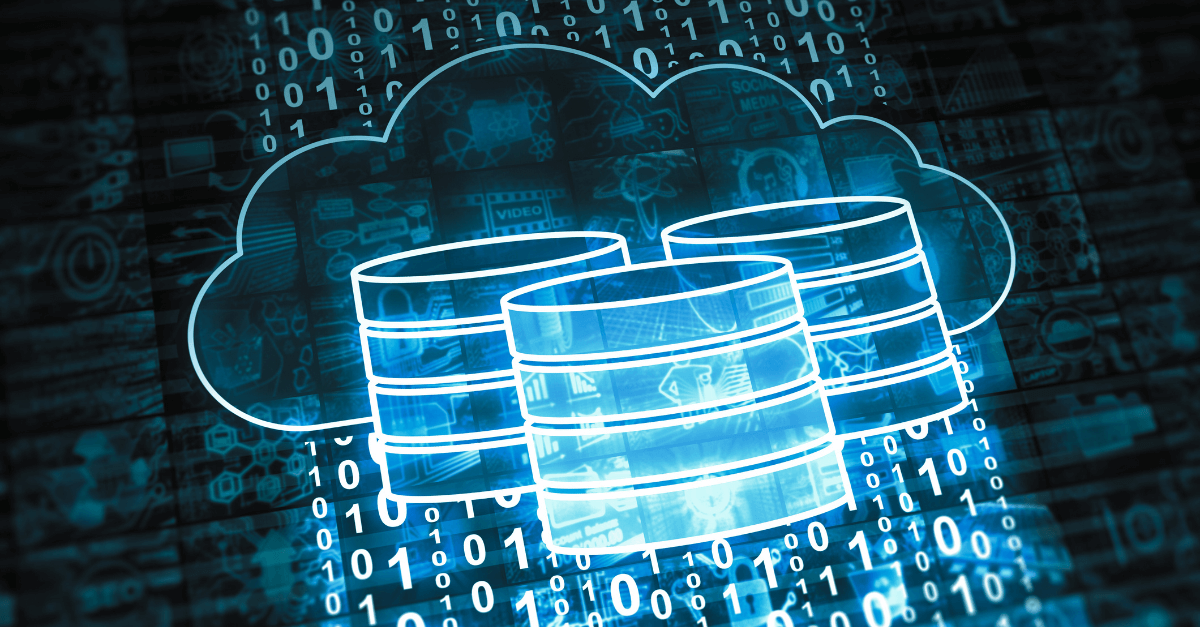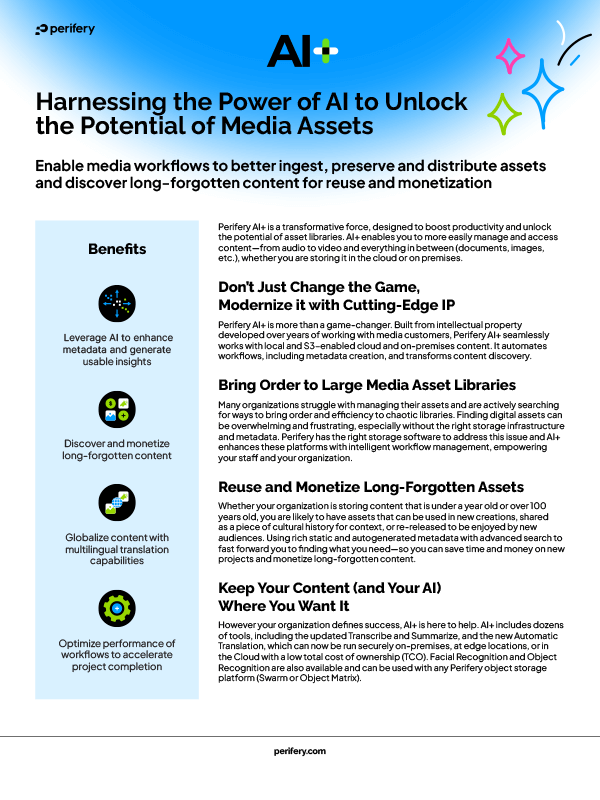
In a recent webinar, Leanne Tomlin, Marketing Director at Perifery, and Nicholas Llewellyn, Solutions Architect at Perifery, explored the transformative power of hybrid cloud technology for media & entertainment (M&E) organizations. They provided insights into the evolution of Perifery’s OM Cloud, discussed how hybrid cloud is becoming the present and future of media workflows, and touched upon the tangible green credentials of Perifery. Read on to learn more.
The origins of OM Cloud
Leanne kicked off the discussion by asking Nicholas about the beginnings of OM Cloud (previously known as Object Matrix Cloud), its evolution and how it has been able to address issues faced by M&E industry over the years.
Nicholas explained that OM Cloud started as a small project in 2019, offering managed services to a few customers. Those customers were appreciative of the fact that they need not be involved in anything related to setting up the hardware. Then, when the Covid pandemic struck and working from home became the norm, IT teams found it challenging to set up remote access to their existing on-prem solutions. At that point in time, the Object Matrix team decided to roll out OM Cloud to M&E organizations as a scalable, multi-tenant platform for subscription-based purchase. He went on to state that about 45 customers started using OM Cloud between 2020 and 2023 and that allowed the operations and engineering team to become more efficient, paving way for rapid growth and adoption of the product.
When asked about the popularity of the product in the post-pandemic world, Nicholas pointed out that OM Cloud is still very relevant to M&E organizations in the post-pandemic world, with many customers being active users of OM Cloud.
Tailor-made for media & entertainment
Leanne then asked Nicholas about what makes Perifery Cloud uniquely suited for M&E organizations. Nicholas was quick to point out that Object Matrix (OM), which is tailor-made for M&E organizations and has been a field-hardened product for over 23 years, sits underneath Perifery Cloud. He added that Object Matrix is a technology that excels at handling large individual files, such as videos. While it can handle small files, large files remain its forte.
Nicholas explained further, stating that Object Matrix can automatically extract metadata from media formats like AS11 and AS10 that are typically encapsulated with a lot of metadata. It can then provide metadata-based search and retrieval, ensuring that M&E businesses have simple self-serve access to their archive videos. He added that expanding and decommissioning storage with Object Matrix is also simple and non-disruptive, as it is just about adding or removing a node of storage disks. An operational cost-based model and a very strong customer feedback loop are also key reasons why Object Matrix storage has been very sticky among media organizations, as per Nicholas.
Leanne opined that the many customer case studies of OM Cloud are a testament to the strong customer feedback loop that has been in place. Nicholas spoke about how M&E organizations like BKFC and ATP media leverage OM Cloud and have maintained a wonderful relationship over a long period of time.
Hybrid cloud: The best of both worlds
Leanne then shifted the focus of the discussion to hybrid clouds, citing a recent Perifery poll in which 57% of respondents indicated that hybrid cloud was their primary focus for 2025. She asked Nicholas about the possible benefits of moving from a purely on-prem or cloud setup to a hybrid setup.
Nicholas believed that the hybrid cloud is the status quo. He felt that hybrid cloud solutions are well-suited for the geographically distributed hybrid workforce of today’s businesses as it gives them the ability to leverage the positives of both—the cloud and the on-prem infrastructure—without having to put up with their respective downsides. Nicholas mentioned that quite a few M&E organizations have used OM to replace LTO as an offsite backup storage medium. “Using OM Cloud as an offsite backup, enables faster restores directly from the OM Cloud rather than having to send someone to the cupboard or to load up the tape robot with the correct set”, Nicholas said.
Leanne took the discussion forward by referencing the DPP leader’s briefing event in November 2024, where trusted relationships with vendors emerged as a key theme among M&E leaders’ speeches and keynotes. Leanne elaborated on how several M&E businesses began their journey with OM Cloud, added on-prem deployment, and are now maintaining a hybrid cloud model—all due to their trust in the Object Matrix technology. Nicholas agreed with Leanne and stated that Object Matrix has always embraced “the cycle” that their customers are in. He further stated that Object Matrix excels by embracing industry trends as both a customer and a supplier, and by providing a technological translation layer to M&E organizations.
Perifery: Helping you go green
Leanne then discussed the increasing significance of sustainability in M&E organizations, prompting Nicholas to talk about Perifery's "green credentials" and transparency in comparison to other hyperscale cloud providers. Nicholas stated that, unlike large cloud service providers who often direct customers to a static webpage, the Perifery team is very open to providing any information regarding sustainability that the customers seek. He also added that the Perifery leadership team is fully committed to being on the sustainability track, and all of our data centres running on 100% renewable energy is a testament to the same. To illustrate how Perifery can help M&E businesses be greener and more sustainable, he pointed out how Perifery helped a customer reduce their electricity consumption by replacing sixteen of their storage nodes that were at the end of their lives with just two.
Addressing a question from the audience on OM Cloud’s pricing, Nicholas pointed out that Perifery does not charge any egress or ingress fees like the large cloud storage providers do. He added that customers are charged a flat rate based on the amount of storage they use.
Learn more
If you missed the live webinar, you can watch on-demand now.
Explore our resources to learn more about Perifery’s tailor-made solutions for modern-day media workflows.
